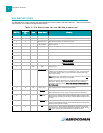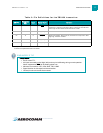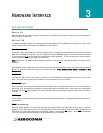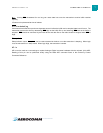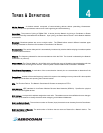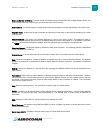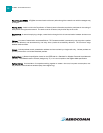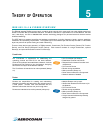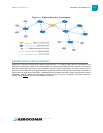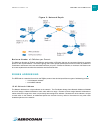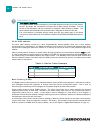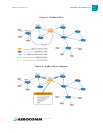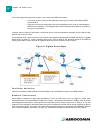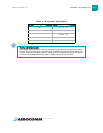
THEORY OF OPERATION
12
CREATING A NETWORK
The IEEE 802.15.4 MAC provides support for two wireless network topologies: star and mesh. The management of
these networks is performed by the ZigBee layer. All devices, regardless of topology, participate in the network using
their unique 16-bit address assigned by the Coordinator.
Mesh
The mesh topology allows any Full Function Device (Coordinator or Router) to communicate directly with any other
device within its range and to have messages relayed to devices which are out of range via multi-hop routing of
messages. While a FFD device can communicate with a Reduced Function Device (RFD), RFD’s cannot directly route
messages and must have their messages routed by their parent device (Coordinator or Router). ZigBee mesh
enables the formation of more complex networks, including ad-hoc, self-organizing, and self-healing structures.
Figure 1 shows a typical ZigBee network architecture.
End Device
While Coordinators and Routers can communicate with
any device type, End Devices can communicate only
through their parent device. Ideally the End Devices will
be in sleep mode all the time. When they have data to
send, they wake up, send the data and then go back to
sleep. The Parent (Coordinator/Router) of an End Device
should be mains powered to allow it to store data to be
sent to the sleeping End Device.
• Multiple End Devices can be used
• No packet routing capabilities
• Can communicate with other devices in
the Network through its Parent Device
• Reduced Function Device
• Mains or battery powered
• Power down modes are supported
• Unique network address dynamically
asssigned by parent



